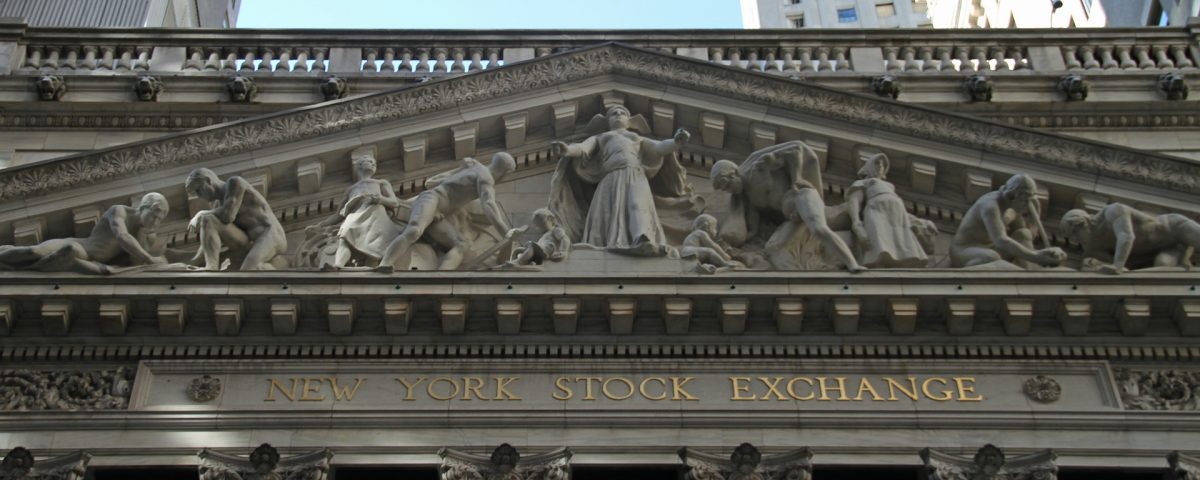Recovery in Global Financial Markets Continues
Stock markets rallied strongly off their December lows during the first quarter, notwithstanding mounting global economic concerns, a messy and still unresolved Brexit and investors panicking after yield curves inverted across developed markets late in the quarter.
Movements in the Main Stock Market Indices
Stock market indices put in their best quarterly performance in about a decade.
In Canada, the more dovish tone adopted by the Bank of Canada and growth numbers that were ahead of consensus close to quarter end saw the stock market notch up impressive gains. The S&P/TSX Composite Index ended the quarter up 12.4%, with gains across most sectors.
Health care, the best performing sector, climbed 48% during the quarter. Technology stocks gained 25%, real estate 17.7%, energy 16.5%, utilities 16.3%, industrials 15.5%, financials 11%, consumer staples 10.4%, telecommunications 10.2%, consumer discretionary 10.15% and materials 9%.
In the US, the broad-based S&P 500 Index gained 13.1%, while the heavyweight Dow Jones Industrial Average rose 11.2%. On the last day of the quarter, markets were further boosted by Treasury Secretary’ Steve Mnuchin’s upbeat tweet about trade talks with Beijing being “constructive”.
In Hong Kong, the Hang Seng Index put in its best first quarter performance since 1998, rising 12.4%. In China, the Shanghai Composite Index had a bumper quarter, adding 23.9% in anticipation of further liberalization of the investment environment.
In Europe, the region-wide Stoxx 600 Index rose 12.5%, while the FTSE 100 benefited from the rising tide even though sentiment was weighed down by the chaotic unfolding of Brexit negotiations.
Global Economic and Political Backdrop
A notable slowdown in Europe’s economy, Brexit uncertainty and some data pointing to weak spots in the US economy saw developed market central banks, including the Bank of Canada, the European Central Bank and the US Federal Reserve adopt more accommodative stances. This saw markets expecting official interest rates to move sideways to lower during the next year or so.
A messy Brexit dominated headlines during the first three months of the year, with the UK ending the quarter with no further clarity on the way forward. At quarter end, the third vote put to Parliament was rejected on the day that the UK was originally set to leave the EU. Failure to agree on a way forward could result in a new general election.
In the US, the much-anticipated Mueller investigation found no evidence Trump conspired with Russia but, importantly, did not fully exonerate Trump. The Democrats called for the release of the full redacted report because they see many unanswered questions pertaining to potential obstruction of justice.
Inverted Yield Curve Prompts Recession fears
Financial markets were sent into a tail spin when the US yield curve inverted in the wake of the US Federal Reserve surprisingly dovish stance expressed after its latest policy-setting meeting. The yield curve, the slope between short to longer-dated Treasuries, is usually positively sloping, reflecting the risk premium investors demand for longer-dated bonds. An inverted yield curve occurs when the slope turns negative as longer-dated Treasuries (10-year Treasuries) begin to trade at lower rates than short-term paper (three-month Treasuries).
Historically, this has proved itself a reliable recession indicator because the last three recessions in the US were preceded by a negative yield curve. However, there is much debate about whether the latest yield curve inversion will be followed by recession given that the US economy is still looking relatively robust, with patches of weakness. Also, in many instances it predicts recession with a lag, which means a potential recession could be as much as 18-months out.
What Investors are doing about Yield Curve Inversion
By the end of the quarter, it did look like investors may have overreacted as the yield curve inversion in the US and Canada reversed within days and stock markets continued gaining ground.
All this uncertainty has seen some market participants, including Morgan Stanley, urge their clients to adopt more defensive investment stances. My view is that slowing growth at some point throughout the business cycle is inevitable.
However, market setbacks based on overly pessimistic views at these times actually offer valuable opportunities to establish positions in companies with great long-term prospects at reasonable valuations. Investing in these assets could well result in superior returns for investors who are focused on longer-term wealth creation rather than short-term market gyrations.
Garnet O. Powell, MBA, CFA is the President & CEO of Allvista Investment Management Inc., a firm with a dedicated team of investment professionals that manage investment portfolios on behalf of individuals, corporations, and trusts to help them reach their investment goals. He has more than 20 years of experience in the financial markets and investing. He is also the Editor-in-Chief of the Canadian Wealth Advisors Network (CWAN) magazine. He can be reached at gpowell@allvista.ca

